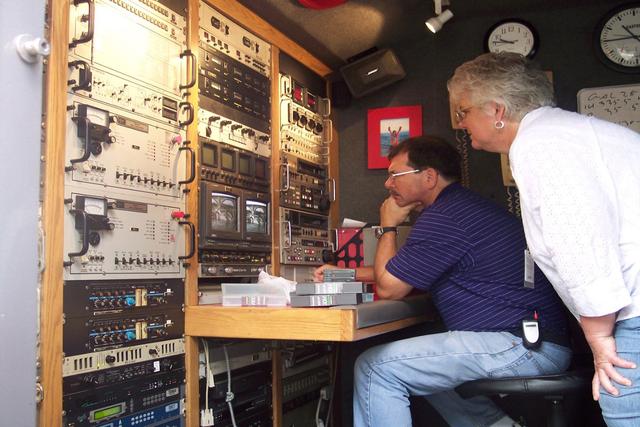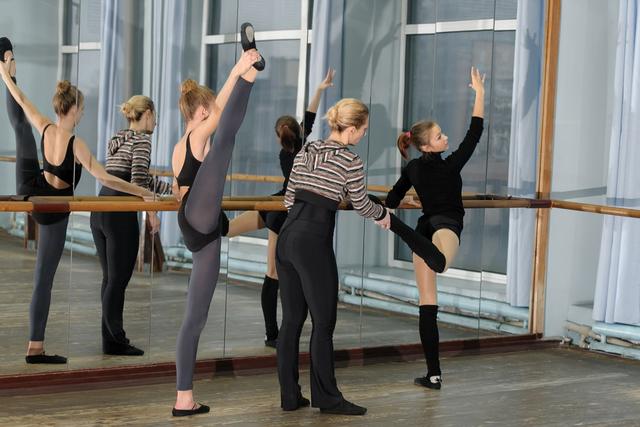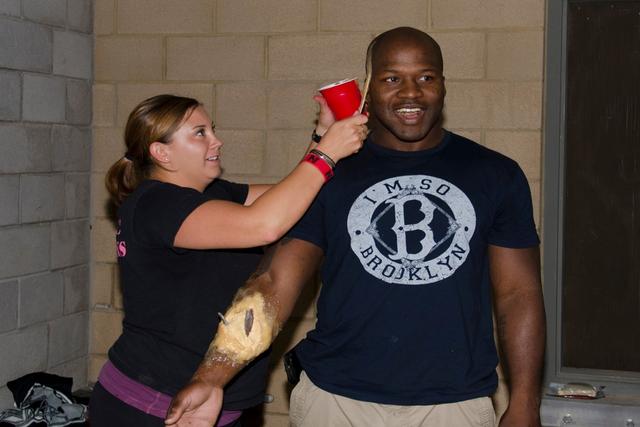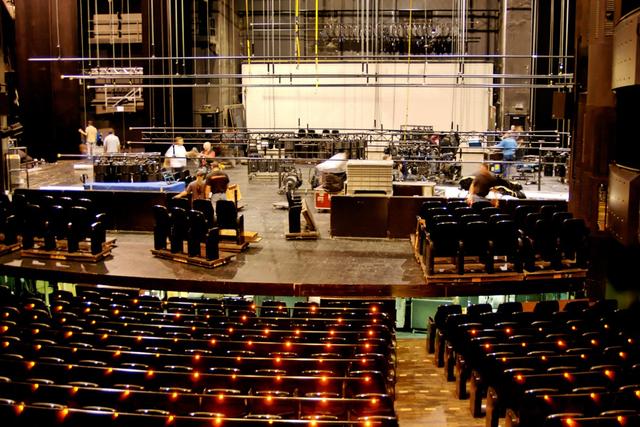Clowns
Overview

Introduction
Clowns dress in outlandish costumes, paint their faces, and use a variety of performance skills to entertain audiences. They work in circuses, amusement parks, schools, malls, rodeos, and hospitals, as well as on stage, in films, and even on the street. Clowns are actors and comedians whose job is to make people laugh. There are an estimated 50,000 to 100,000 professional clowns worldwide. There are many more amateurs. About 95 percent of clowns work part time and supplement their incomes with other jobs.
Quick Facts
Median Salary
Employment Prospects
Minimum Education Level
Experience
Skills
Personality Traits
Earnings
Because the job market for clowns is unpredictable, and because of the freelance nature of clowning, there are no set salaries. The U.S. Department of Labor reports that the median hourly wage for entertainers and performers was $20.91 in May 2023.
Clows who work in nightclubs, casinos, or on Broadway can make as much as $10,000 a week, according to the American Guild of Variety Artists....
Work Environment
Clowns work irregular hours in varying conditions. They may work indoors or outdoors, on their feet for hours at a time, or in full costume and makeup. Costumes are expensive; a pair of shoes alone can cost $175 to $300. Some clowns have equipment that needs to be transported and kept in good repair.
To find the best jobs, clowns must travel often, staying in hotels and spending long hou...
Outlook
While clowns will never go away, recent developments (such as the closing of some circuses) suggest that the public is less interested in being entertained by clowns than it used to be. Since the number of circuses is limited and declining, clowns are finding more opportunities outside the circus, especially with party and festival businesses, and amusement parks. Clowns who are self-employed f...

























































































